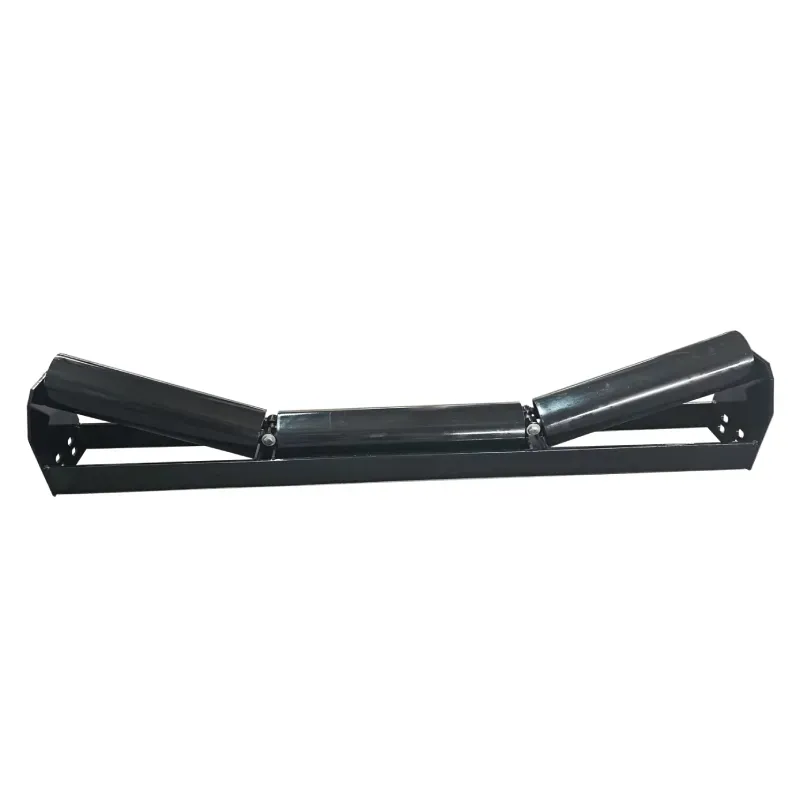 Afrikaans
Afrikaans  Albanian
Albanian  Amharic
Amharic  Arabic
Arabic  Armenian
Armenian  Azerbaijani
Azerbaijani  Basque
Basque  Belarusian
Belarusian  Bengali
Bengali  Bosnian
Bosnian  Bulgarian
Bulgarian  Catalan
Catalan  Cebuano
Cebuano  Corsican
Corsican  Croatian
Croatian  Czech
Czech  Danish
Danish  Dutch
Dutch  English
English  Esperanto
Esperanto  Estonian
Estonian  Finnish
Finnish  French
French  Frisian
Frisian  Galician
Galician  Georgian
Georgian  German
German  Greek
Greek  Gujarati
Gujarati  Haitian Creole
Haitian Creole  hausa
hausa  hawaiian
hawaiian  Hebrew
Hebrew  Hindi
Hindi  Miao
Miao  Hungarian
Hungarian  Icelandic
Icelandic  igbo
igbo  Indonesian
Indonesian  irish
irish  Italian
Italian  Japanese
Japanese  Javanese
Javanese  Kannada
Kannada  kazakh
kazakh  Khmer
Khmer  Rwandese
Rwandese  Korean
Korean  Kurdish
Kurdish  Kyrgyz
Kyrgyz  Lao
Lao  Latin
Latin  Latvian
Latvian  Lithuanian
Lithuanian  Luxembourgish
Luxembourgish  Macedonian
Macedonian  Malgashi
Malgashi  Malay
Malay  Malayalam
Malayalam  Maltese
Maltese  Maori
Maori  Marathi
Marathi  Mongolian
Mongolian  Myanmar
Myanmar  Nepali
Nepali  Norwegian
Norwegian  Norwegian
Norwegian  Occitan
Occitan  Pashto
Pashto  Persian
Persian  Polish
Polish  Portuguese
Portuguese  Punjabi
Punjabi  Romanian
Romanian  Russian
Russian  Samoan
Samoan  Scottish Gaelic
Scottish Gaelic  Serbian
Serbian  Sesotho
Sesotho  Shona
Shona  Sindhi
Sindhi  Sinhala
Sinhala  Slovak
Slovak  Slovenian
Slovenian  Somali
Somali  Spanish
Spanish  Sundanese
Sundanese  Swahili
Swahili  Swedish
Swedish  Tagalog
Tagalog  Tajik
Tajik  Tamil
Tamil  Tatar
Tatar  Telugu
Telugu  Thai
Thai  Turkish
Turkish  Turkmen
Turkmen  Ukrainian
Ukrainian  Urdu
Urdu  Uighur
Uighur  Uzbek
Uzbek  Vietnamese
Vietnamese  Welsh
Welsh  Bantu
Bantu  Yiddish
Yiddish  Yoruba
Yoruba  Zulu
Zulu pulley lagging types
Understanding Pulley Lagging Types A Comprehensive Guide
Pulley lagging is an essential aspect of conveyor system maintenance and performance optimization. It refers to the material applied to the surface of a pulley to enhance its grip and prolong its lifespan. With varying types available in the market, understanding the different types of pulley lagging and their applications can improve the efficiency of material handling systems.
What is Pulley Lagging?
Pulley lagging is typically used in the mining, quarrying, and bulk material handling industries to improve traction between the pulley and the conveyor belt. It serves to extend the life of the pulley by reducing wear and tear and decreasing the chances of slippage, which can cause belt misalignment and system failures. The application of lagging provides a rubberized surface on the pulley that not only increases friction but also protects the pulley from environmental factors and physical damage.
Types of Pulley Lagging
There are several types of pulley lagging materials and installations, each with its unique properties and use cases
1. Rubber Lagging This is perhaps the most common type of lagging used in industrial applications. Rubber lagging provides excellent grip, dampens noise, and absorbs some shock loads. This type of lagging is highly resistant to wear and can be formulated to withstand various environmental conditions, making it versatile for different applications. It is typically available in smooth, diamond, or textured surfaces, which can be chosen based on the specific requirements of the operation.
2. Ceramic Lagging For applications that demand high abrasion resistance or operate in extreme conditions, ceramic lagging is an ideal choice. The ceramic tiles are embedded in a rubber matrix to enhance the grip further, preventing belt slippage even under heavy loads. This type of lagging is particularly useful in the mining industry, where materials subjected to high wear can quickly degrade standard lagging.
3. Polyurethane Lagging Known for its durability, polyurethane lagging is chemically resistant and provides excellent traction. While it may not offer the same level of grip as rubber, it excels in environments where chemical exposure is a concern. Its extended lifespan and lower maintenance requirements make polyurethane lagging a practical choice for various industrial applications.
4. Metal Lagging In some situations, particularly where extreme wear conditions exist, metal lagging may be used. Metal tops can provide an incredibly durable surface for high-impact applications, although they may not offer the same level of grip as rubber or ceramic. Metal lagging can often be combined with rubber sheets for added grip and protection.
pulley lagging types

5. Textile Lagging Less common than the other types, textile lagging utilizes synthetic fabrics that have been treated for wear and friction resistance. This type of lagging is often lighter and may be utilized in applications where weight restrictions are critical, such as in certain automotive or aerospace applications.
Benefits of Properly Selected Lagging
The selection of the appropriate type of pulley lagging can yield several benefits, including
1. Increased Lifespan of Equipment By reducing wear on both the pulley and the conveyor belt, proper lagging can significantly extend the life of the entire conveyor system.
2. Reduced Downtime Enhanced grip minimizes slippage, which can lead to catastrophic failures and lengthy repairs. This results in improved operational efficiency.
3. Improved Safety A well-lagged pulley reduces the chances of accidents caused by slipping or belt misalignment, ensuring a safer working environment.
4. Energy Efficiency By improving traction, lagging can lead to reduced energy consumption since the motor will not need to work as hard to pull the conveyor belt.
Conclusion
In conclusion, selecting the right type of pulley lagging is crucial for optimizing conveyor system performance and longevity. Understanding the various materials available, including rubber, ceramic, polyurethane, metal, and textile, can help industry professionals make informed decisions that meet their operational needs. Investing in quality lagging not only improves equipment lifespan but enhances safety and efficiency in material handling operations.
-
Revolutionizing Conveyor Reliability with Advanced Rubber Lagging PulleysNewsJul.22,2025
-
Powering Precision and Durability with Expert Manufacturers of Conveyor ComponentsNewsJul.22,2025
-
Optimizing Conveyor Systems with Advanced Conveyor AccessoriesNewsJul.22,2025
-
Maximize Conveyor Efficiency with Quality Conveyor Idler PulleysNewsJul.22,2025
-
Future-Proof Your Conveyor System with High-Performance Polyurethane RollerNewsJul.22,2025
-
Driving Efficiency Forward with Quality Idlers and RollersNewsJul.22,2025





























